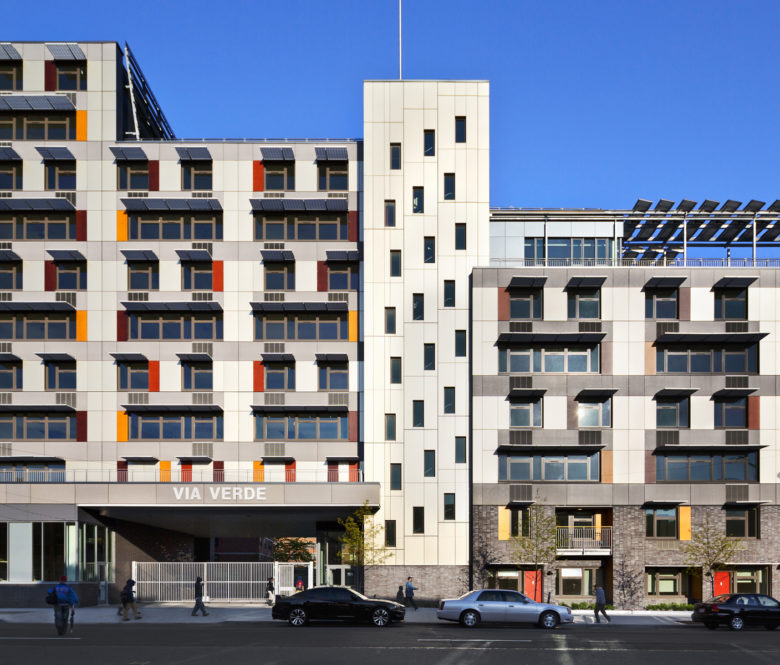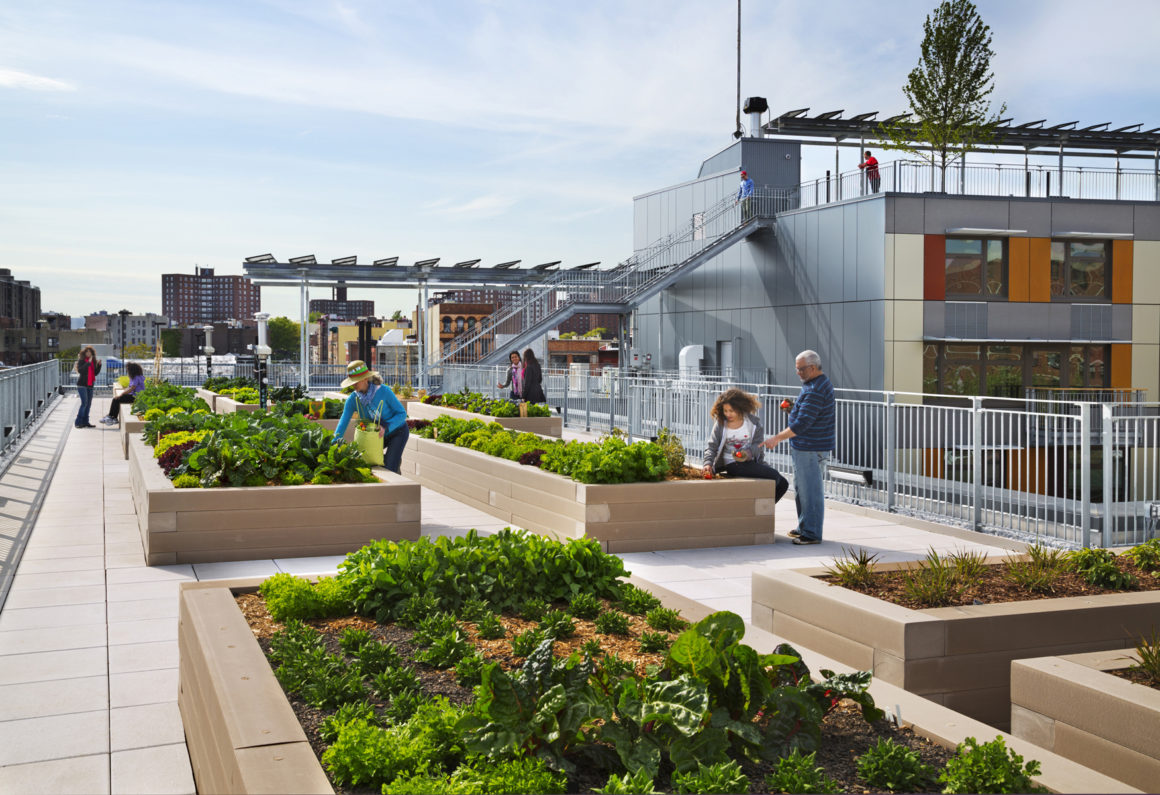Via Verde: The Green Way
August 26, 2019
A holistic approach to mental well-being in affordable housing.
Intro
For Van Alen Report 20, we invited designers from around the world to share projects at the vanguard of using science-informed practices to design healthier cities. For each featured project, we asked the designers to identify the health impacts intended, and discuss how insights from neuroscience or psychology influenced the project’s design. We also consider how each project might advance both the conversation about evidence-based design, and the greater pursuit of designing healthier cities for all. These profiles have been adapted from the designers’ responses.





Via Verde is a residential development in the South Bronx. Co-developed by Phipps Houses and Jonathan Rose Companies, in partnership with Dattner Architects and Grimshaw, it was the winning entry in an international competition, sponsored by NYC HPD, the AIA New York, NYSERDA and Enterprise Community Partners. The design uses nature to improve health and knit together a strong social fabric, while achieving the development’s energy goals.
The Design
The building takes the form of a “tendril” rising from grade to a tower, enclosing the courtyard and emphasizing a relationship to the natural world. 222 apartments are arranged in three building types—a 20-story tower, a stepped 6- to 13-story mid-rise duplex apartment component in the middle, and 2- to 4-story townhouses to the south. A dynamic series of gardens begins as a ground level courtyard and spirals upwards in a series of south-facing roof gardens.
Supporting Brain Health
Via Verde provides permanent affordable housing for the South Bronx, demonstrating that design innovation, social housing, healthy living, and urban renewal are attainable development goals. A holistic approach to design emphasized the well-being of residents.
Integration of nature was used as a central architectural element and to facilitate social connections. The development features a dynamic inner garden, green roofs connecting the low-rise buildings, fruit and vegetable gardens, and open air courtyards, all which strengthen the social fabric, health, and energy efficiency of the complex.
The Designer
William Stein, FAIA, principal at Dattner Architects, has led a wide range of affordable and supportive housing, education, recreation and transportation projects. By prioritizing community advocacy and consensus building among stakeholders to resolve planning, design, budgetary and regulatory challenges, his projects are able to integrate sustainable design into the urban fabric, uniquely responding to each site’s community.
The Outlook
Via Verde offers a socially, economically, and environmentally responsible model for the future of social housing. Health assets, which include accessibility, access to care, connection to nature, and a sense of place, should not be seen as a luxury. Incorporating nature and prioritizing health boosts the economic and physical wellbeing of the community, doesn’t have to come at a higher building cost, in spite of cost assumptions related to green certification. As cities prepare to house millions of incoming urban dwellers in addition to an already pressing housing shortage, we should look to examples of affordable housing that move past the low-quality stereotype and history of social housing, and instead offer low income residents the same accessibility and wellbeing as market rentals.

